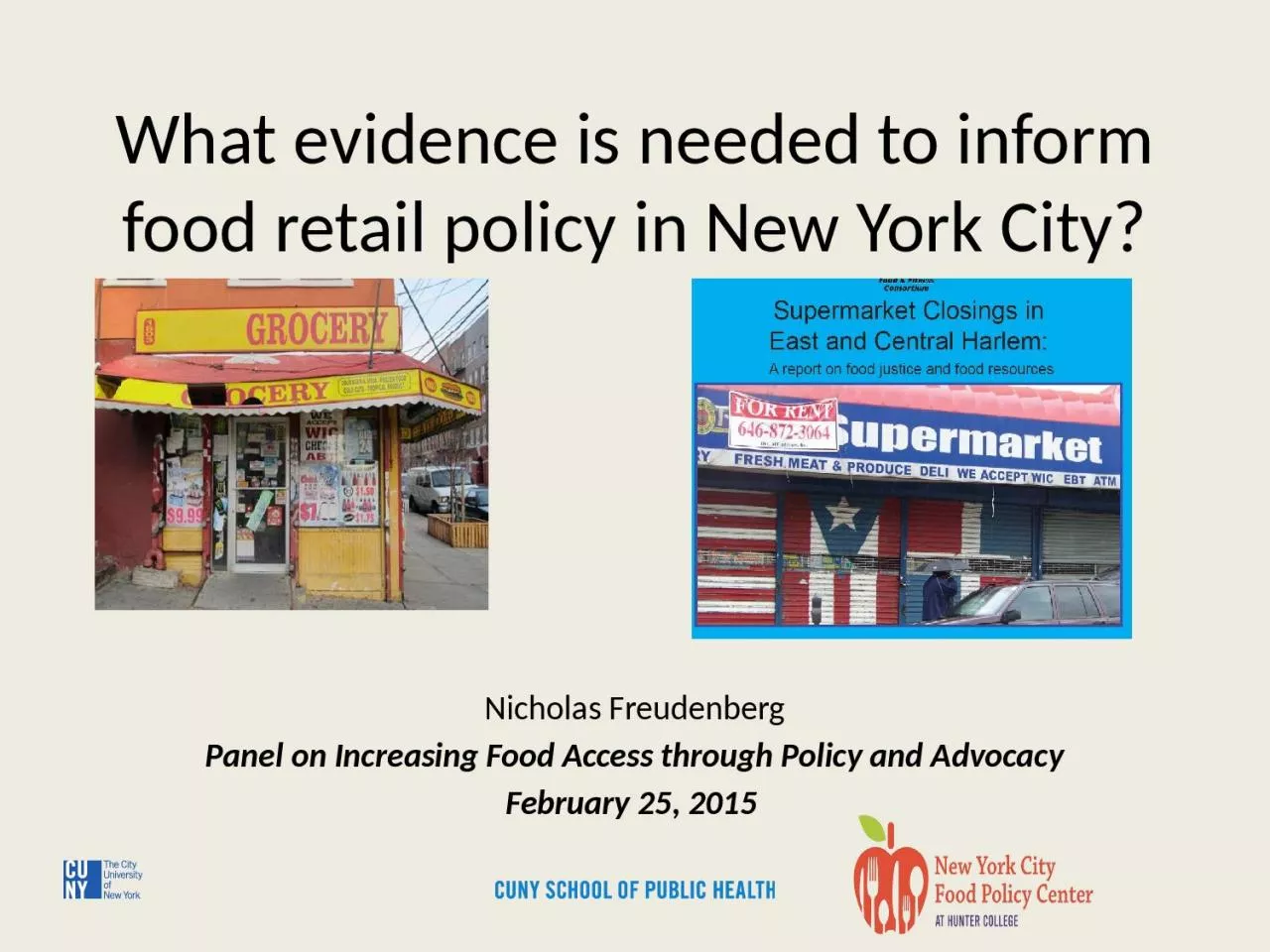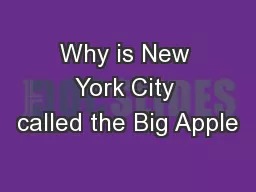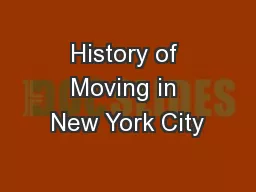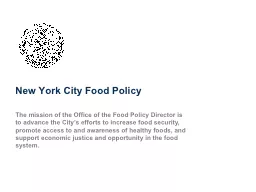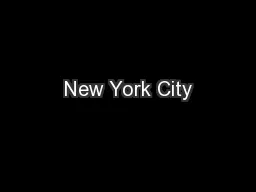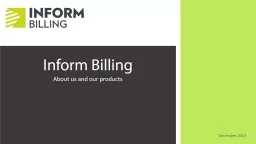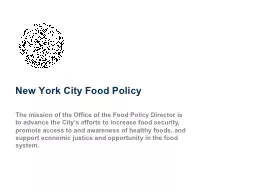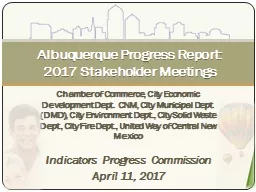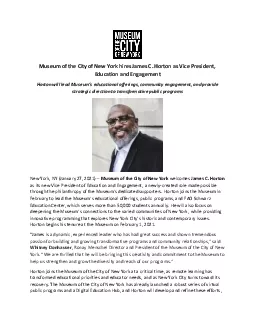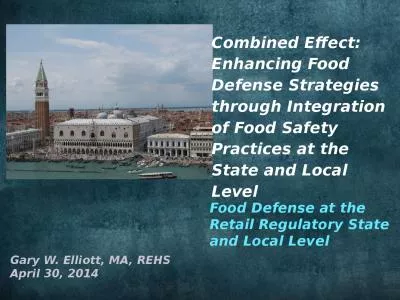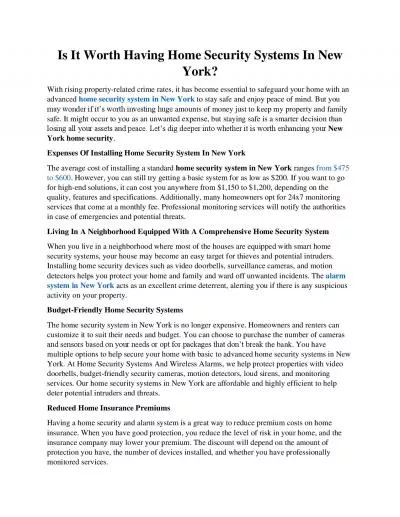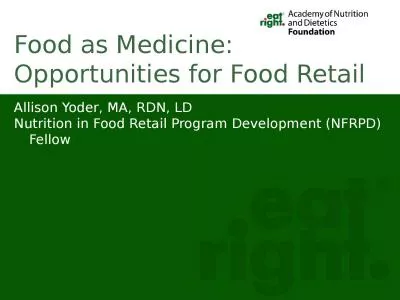PPT-What evidence is needed to inform food retail policy in New York City?
Author : susan | Published Date : 2024-03-15
Nicholas Freudenberg Panel on Increasing Food Access through Policy and Advocacy February 25 2015 Goals for New York City food retail policies Make healthy food
Presentation Embed Code
Download Presentation
Download Presentation The PPT/PDF document "What evidence is needed to inform food r..." is the property of its rightful owner. Permission is granted to download and print the materials on this website for personal, non-commercial use only, and to display it on your personal computer provided you do not modify the materials and that you retain all copyright notices contained in the materials. By downloading content from our website, you accept the terms of this agreement.
What evidence is needed to inform food retail policy in New York City?: Transcript
Download Rules Of Document
"What evidence is needed to inform food retail policy in New York City?"The content belongs to its owner. You may download and print it for personal use, without modification, and keep all copyright notices. By downloading, you agree to these terms.
Related Documents

